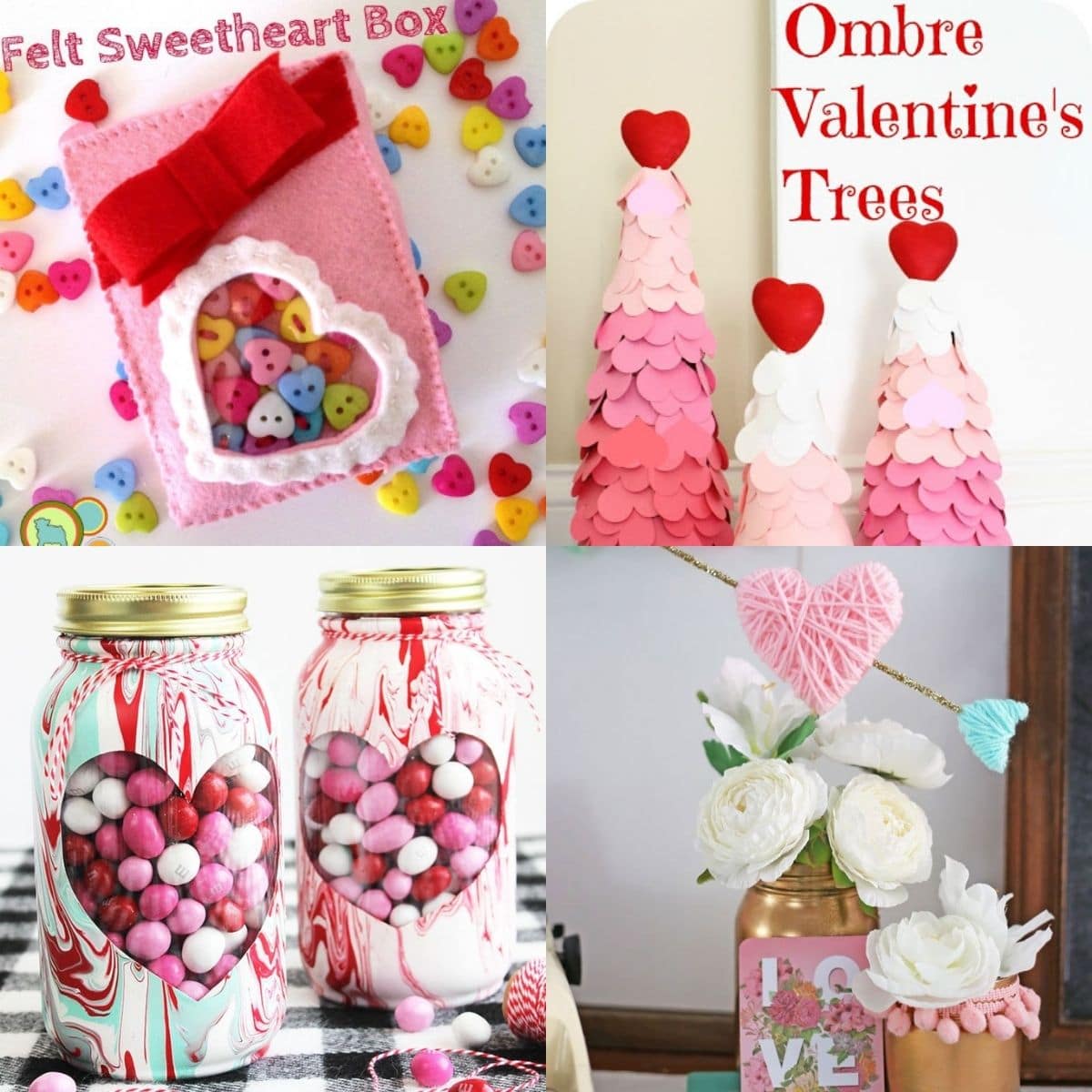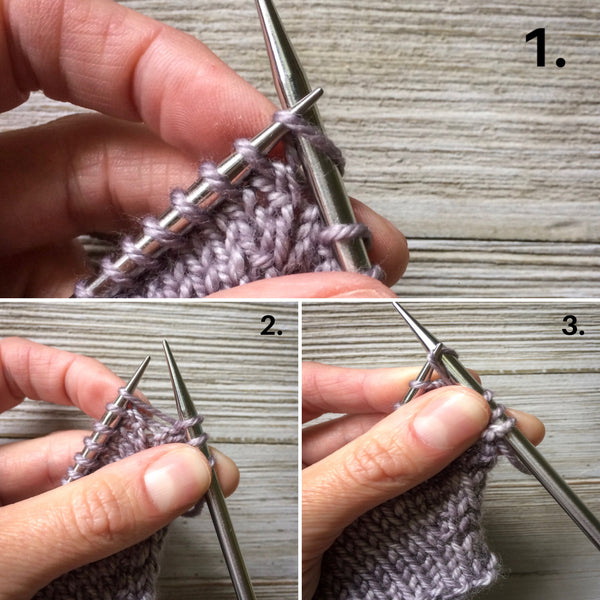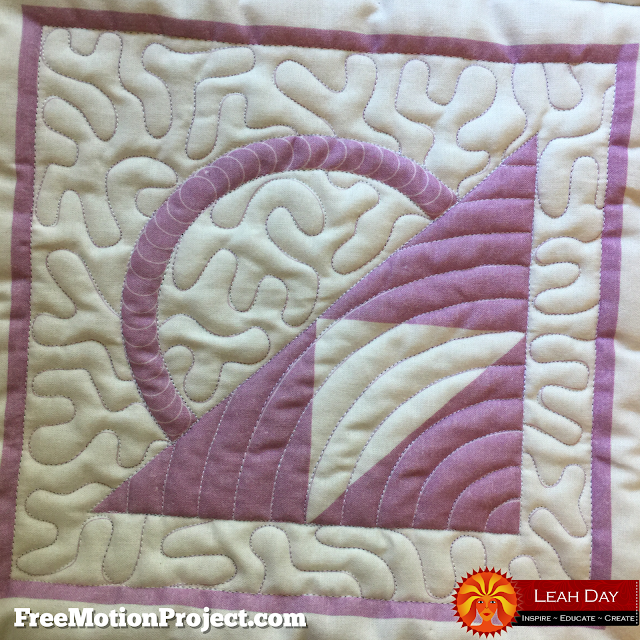
Precut fabric is a great way save money and to store space. Pre-cut sets can be grouped together and coordinated in color so you won't waste much fabric. You can store your precut set in a drawer or closet, making it easy to organize. Even better, you can sample the entire collection before purchasing.
Jelly Rolls
Jelly Rolls are precut fabric strips. These are time-saving options for quilting. Jelly Rolls can be 44 to 45 inches in length. Each strip measures two and a quarter inches wide. You can combine strips of different colors to create many patterns and designs. Because they are easy to cut and put together, they're great for beginners. They complement any quilt's design and feel.
There are many different sizes. A jelly roll and charm packs are the most popular. Pre-cuts of this nature are often matched. By buying them as a set, you can make more projects with less fabric.

Layer Cakes
Layer cakes can be bundles of precut fabrics that are great for larger quilts. These are typically made up of coordinating materials and help to reduce fabric waste. These can be bought at your local quilt shop or online. You can sign up to receive a sewing newsletter, which will give you tips and inspiration.
When working with precut fabrics, it's best to double check their sizes. Sometimes, they are smaller or larger than the label indicates. Fat Quarters, as an example, can be cut in unusual ways, and you may end up with wasted fabric. It's possible for jelly roll strips to be slightly smaller than their two-and-a half inch width so it is a good idea before cutting.
Mini Charm Packs
Mini Charm Packs are two-half-inch square precut fabrics. They are versatile and can be used for patchwork projects. Jelly Roll strips are used to combine these precut fabrics into larger pieces. Sometimes they are used as samples by fabric producers. Moda has included a Mini Charm Pack for each of its collections. These packs usually include 42 pieces.
Mini Charm Packs are available in many sizes and colors. Most contain 42 two-1/2 inch squares. They can also include two or three prints in the same color. These are great for small projects as they come in small packs. These precut fabric pieces are also available from a number of manufacturers.

Rolie Polies
Rolie Polies come pre-cut bundles with quilting fabric measuring 2.5" x 2". These are also known as jelly rolls or rolie polies. You can buy one or more bundles depending on how big your quilt is.
FAQ
What is a good hobby for kids?
A hobby for kids is any activity they like to do as part of their normal daily routine. Some kids like to build things, draw, paint, write, or play with toys.
Many parents worry that their children will get into trouble if they're allowed to do whatever they want. This isn't necessarily true, though. They won't get into trouble if your child is safe and does not cause harm to others or themselves.
It is important to remember that people may not always choose to do what they enjoy. If they dislike writing but enjoy drawing pictures, they might opt to draw pictures.
There are many types of hobbies. It's up to you to choose one that you really enjoy.
What are your top hobbies?
You can find the best hobbies that you love doing for yourself. If you enjoy what you do, it will be much easier to keep going. You will have a reason when you feel sick or tired.
Hobbies that we all know and love include gardening, painting and crafts, photography, cooking, sports and games, reading, music, film-making, collecting, cycling, walking, dancing, writing, playing instruments, etc.
You could also consider volunteering at a local charity shop, animal shelter, children's hospital, hospice, elderly care home, school, community center, church, etc.
Let's say you are looking for something more exciting. Consider scuba diving and skydiving.
You can spend your time outdoors in many different ways, including spelunking, snowshoe hiking, snowshoe hiking and more. These include caving.
What is observation hobby?
Observation hobbies allow you to observe others doing the same thing. These hobbies could include reading books, watching sports, or going on vacation. You might also enjoy observing other people.
Observation hobbies can be very beneficial because they allow you to learn how creative thinking works. This knowledge can be used later to help you with projects that you are working on for others or yourself.
You'll find that if you're interested in something, then you'll have an easier time learning about it.
You might watch or read about football to learn more. Visit or take photographs to learn more about the art of photography.
If you love to play music, there are two options: either buy a new guitar online or follow along with the songs.
You can cook your own meals, or you could go to a restaurant.
You could also grow flowers or vegetables if you enjoy gardening.
If you like dancing, you could join a dance class or go out with friends.
If you love painting, you can paint pictures.
Write poetry and stories if that is what you love to do.
You could also draw pictures if you enjoy drawing.
If you love animals, you could look after pets or work at a zoo.
If you like science, you could study biology, chemistry, physics or maths.
History lovers can watch films, read books or listen to podcasts.
You could explore the world or travel to places you love if you are a lover of traveling.
What are your competitive hobbies?
There are many competitive sports, including running, swimming and cycling, as well as golfing, tennis and other activities.
They're often enjoyed by people who are active and want to socialize.
You will probably find people around you who have the same hobby as you, if you are into physical activity.
You might consider joining a group or club that meets regularly to play together in sports.
Participating in group games, which involve playing alongside others, is another option.
These include: football (soccer), soccer, cricket, netball.
There are many types competition.
Some competitions can be used for only recreational purposes.
Others are designed for competitors to prove their skill.
Others are also designed to reward exceptional performance.
The winners are awarded prizes in these cases.
Other competitions aim to assess the strength and endurance of competitors.
These are known endurance events.
For example, marathon races, triathlons, Ironman Triathlon, etc.
Before participating in these events, athletes often train hard.
They will adhere to a strict training program that prepares them mentally as well as physically.
They may need to spend some time out of their home for preparation.
It's important to remember that not all athletes compete in every type of event.
Statistics
- I am 100% biologically a woman (discover.hubpages.com)
- A new survey by Pew Research Center of teens ages 13 to 17 finds that 36% of girls feel tense or nervous about their day every day; 23% of boys say the same. (pewresearch.org)
- Studies show that just six minutes of reading can reduce stress levels by 60 percent. (oberlo.com)
- Much of this decline reflects the fact that teens are less likely to work today than in the past; among employed teens, the amount of time spent working is not much different now than it was around 2005. (pewresearch.org)
- This 100% accurate personality-analyzing hobby quiz discovers your passion based on your characteristics. (quizexpo.com)
External Links
How To
How to learn a music instrument
There are many methods to learn music. There are many options. You can go to school, purchase a book, learn from an instructor, or watch videos online. Here are some tips and techniques to help you learn if your goal is to create your own learning path.
-
Find something that interests or appeals to you. Try another instrument if you don't love any of the ones you see. It is difficult to enjoy an instrument if it is not something you are interested in.
-
Be patient. It takes time to learn anything new. Don't expect to master everything right away. Instead, practice every day.
-
Practice regularly. Do this even when you feel tired. This will ensure you don't forget what lessons you have just learned.
-
Pick a place where you can practice. Ideal is a quiet area where you don't have to disturb anyone else. You should also make sure there aren’t any distractions. Avoid loud music, for example.
-
Have fun. Music is meant for enjoyment. So make sure that you always have fun while practicing. Being happy will inspire you to keep practicing.
-
Set goals. Setting goals will help you to know exactly what your goal is. Therefore, you will have no excuse for failing.
-
Keep track of how you are doing. Write down all of your accomplishments and failures. You'll be able to learn and improve as you go.
-
Take breaks. Sometimes all it takes is to take a breather. Take breaks to allow you to reflect on things.
-
Ask questions. Ask questions. They might be able to assist you.
-
Learn by listening. Many musicians listen to songs that they like and imitate them. This allows them to grasp the basic concepts of the song.
-
Read books. Read books to learn more than just watching videos or learning from classes. You will also find information in books that you won't find anywhere else.
-
Join a band. Playing with others forces you to practice more. Plus, you will find people with similar interests to you.
-
Take a look at tutorials. Tutorials are short videos that give detailed information on a topic. These tutorials usually concentrate on one particular aspect of an instrument. Watching tutorials can help you understand difficult parts of the instrument.
-
Different methods are possible. Some people prefer to learn via lectures while others prefer to read. Experiment until you find what works best for you.
-
Practice makes perfect. The truth is that nobody becomes an expert overnight. It takes a lot of work to be able to perform well.
-
Play along with other musicians. Listening to others play your favorite songs can help speed up learning.